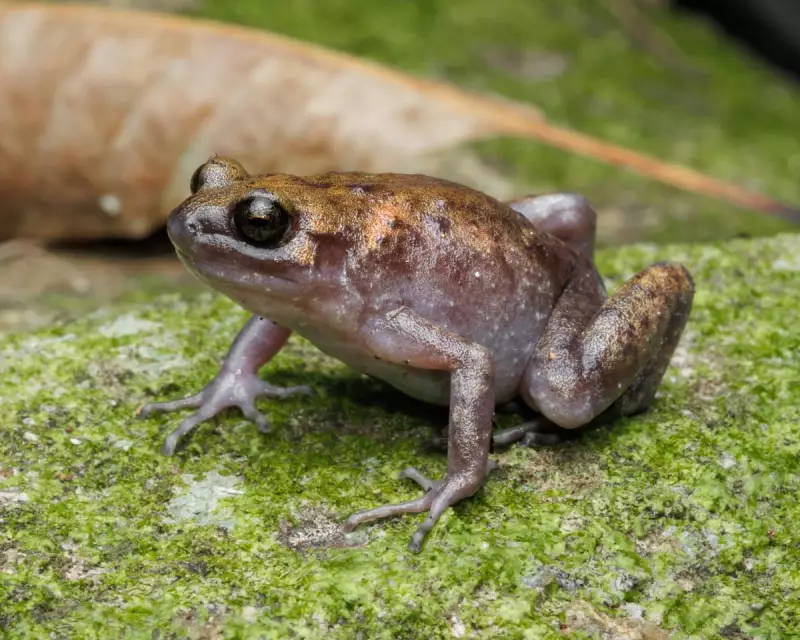
In an exciting development for the scientific community, researchers have announced the discovery of two previously unknown species thriving on the remote Duan Island. The findings represent a significant breakthrough in understanding the region's unique biodiversity.
Nature's Hidden Treasures Revealed
The newly identified species include a remarkably small frog with distinctive vocalisations and a beautifully camouflaged gecko that has evolved to perfectly blend into its rocky habitat. Both creatures have managed to remain undocumented by science until now, highlighting how much we still have to learn about Earth's diverse ecosystems.
The Miniature Amphibian Marvel
The tiny frog, measuring significantly smaller than most known species, possesses unique physical characteristics that distinguish it from its closest relatives. Researchers were particularly intrigued by its unusual call patterns, which differ substantially from other frog species in the region.
Master of Disguise: The Duan Island Gecko
The newly discovered gecko demonstrates extraordinary adaptation to its environment. Its intricate skin patterns and colouration provide near-perfect camouflage against the island's distinctive rock formations, explaining how it remained hidden from scientific documentation for so long.
Scientific Significance and Conservation Implications
This dual discovery underscores the critical importance of continued biodiversity research in remote locations. Scientists emphasise that such findings not only expand our understanding of evolution and adaptation but also highlight the urgent need for conservation efforts in vulnerable ecosystems.
The research team noted: "Discoveries like these remind us that our planet still holds countless secrets waiting to be uncovered. Each new species provides valuable insights into evolutionary processes and ecosystem dynamics."
As climate change and habitat destruction threaten biodiversity worldwide, findings such as these take on added significance, providing crucial baseline data for conservation planning and environmental protection strategies.





